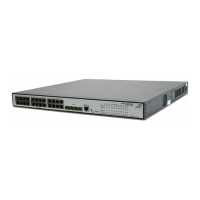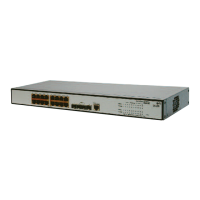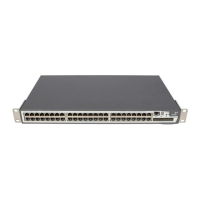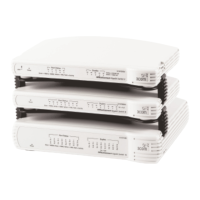162 CHAPTER 8: DEFINING WLAN
■ b/g — Indicates the radio type is 802.11b/g.
■ n — Indicates the radio type is 802.11n.
■ Channel — Displays the access point channel used.
■ State — Displays the selected access point transceiver’s status. The
possible field values are:
■ Discovered — Indicates access point was discovered, but was not
activated by the user.
■ Activated — Indicates access point is currently active.
2 Define the fields.
3 Click . The Access Point is enabled, and the device is updated.
Defining Wireless
Security
The Wireless Configuration section in the wizard provides information for
configuring Extended Service Sets (ESS). ESS are the primary method of
organizing access points, security, and VLANs in a WLAN network. An ESS
are a group of access points that share the same Service Set Identification
(SSID).
APs announce their ESS membership by SSID parameter via Beacon
frames. When stations roam between the same ESS APs, stations remain
connected to the same wired network domain. Since the station remains
in the same broadcast domain and IP subnet, the station retains the same
IP address while roaming between the same ESS APs.
Configuring
Wireless Access
Point Security
The Wireless Setup Wizard provides the option to configure access point
security as part of the device’s Setup wizard. The wireless configuration
following the stage of configuring the basic IP Interfaces and is saved at
the end of the process.
To configure Access Point Security:
The Access Point security is configured through the Setup Wizard that
appears within the Device Summary Link.

